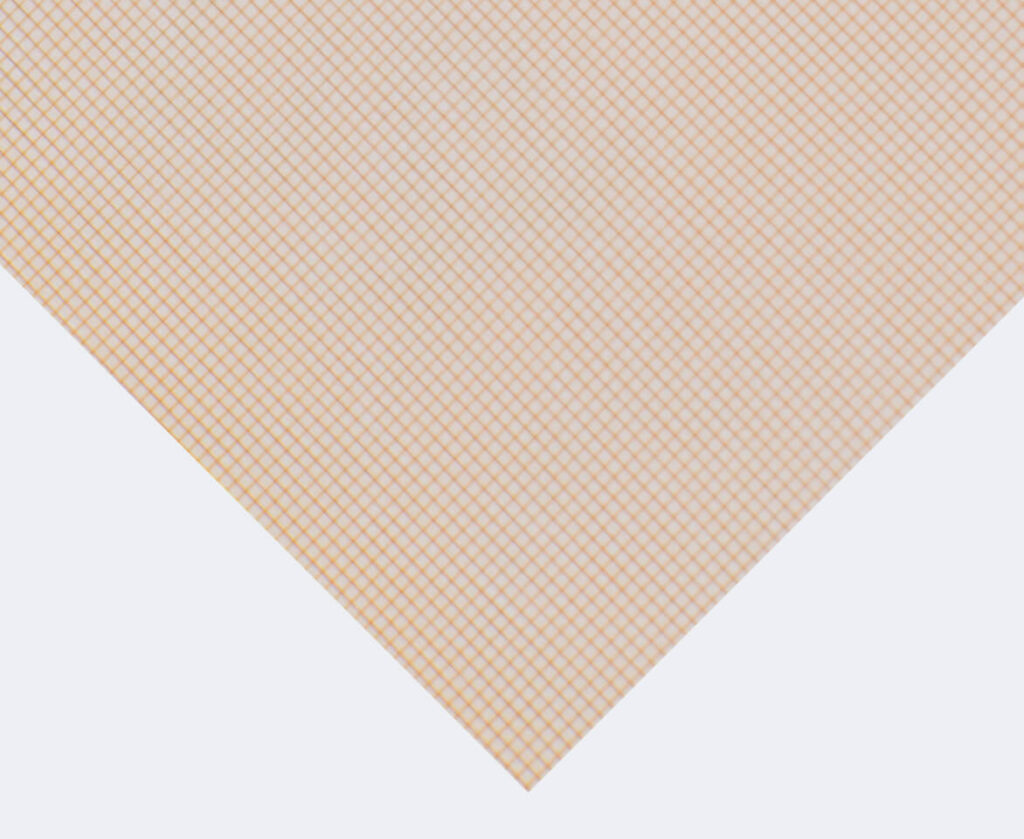Resonance Frequencies | 80 kHz – 1 MHz |
Fill Factors | 15% – 48% |
PZT Materials | PZT Navy Type II |
Acoustic Impedance | 5 MRayl – 16 MRayl |
Available Electrodes | CuSn (Copper with Tin flash layer) |
Dimensions | Max. 100mm x 100mm Various round diameters |
Coupling Coefficient kt | 0.61 – 0.68 |
Operational Temperatures | Typical: 95°C 135°C on request |
Interstitial Materials | Various Epoxy systems |
1-3 Regular Fiber Composite product selections
Frequency | Pixel Size | Fill Factor | Dimensions (mm²) |
80 kHz – 1 MHz | 800µm | 15% | max. 100 x 100 |
80 kHz – 1 MHz | 800µm | 25% | max. 100 x 100 |
80 kHz – 1 MHz | 800µm | 48% | max. 100 x 100 |
Fill Factor | Frequency |
15% | 80 kHz – 1 MHz |
25% | 80 kHz – 1 MHz |
48% | 80 kHz – 1 MHz |
Other | 80 kHz – 1 MHz |
PZT Material | Di-electric Constant | Frequency |
PZT Navy Type II, 5A | 1850 | 80 kHz – 10 MHz |
Acoustic Impedance (MRayl) | Fill Factor |
5.1 MRayl | 15% |
8.5 MRayl | 25% |
16 MRayl | 48% |
Max. Dimensions | Frequency |
100 mm x 100 mm | 80 kHz – 1 MHz |
Available Diameters |
3.18 mm (0.125″) |
5.12 mm (0.202″) |
5.18 mm (0.204″) |
5.68 mm (0.224″) |
6.00 mm (0.236″) |
6.50 mm (0.256″) |
8.20 mm (0.323″) |
9.00 mm (0.354″) |
9.50 mm (0.374″) |
10.00 mm (0.394″) |
10.20 mm (0.402″) |
12.00 mm (0.472″) |
12.70 mm (0.500″) |
14.20 mm (0.559″) |
15.90 mm (0.626″) |
17.50 mm (0.689″) |
18.00 mm (0.709″) |
19.05 mm (0.750″) |
20.00 mm (0.787″) |
24.00 mm (0.945″) |
25.40 mm (1.000″) |
30.00 mm (1.181″) |
35.00 mm (1.378″) |
37.7 mm (1.480″) |



